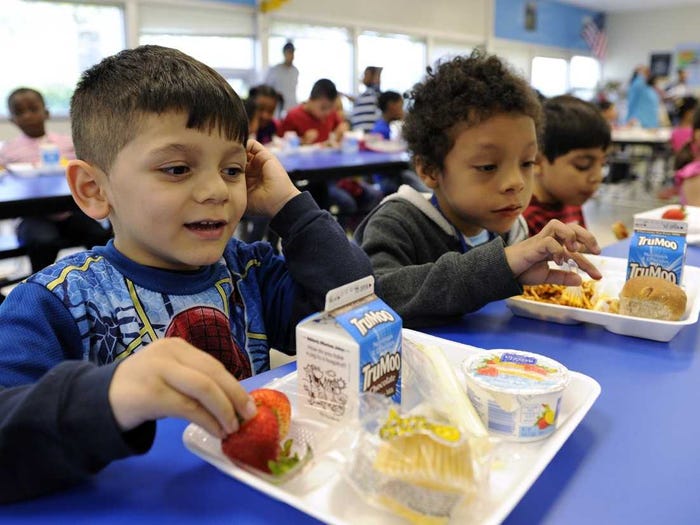
Top 3 Back-to-School tips from a Dietitian Mom
Top 3 Back-to-School tips from a Dietitian Mom
After experiencing over 25 years of back-to-school excitement and wows I can confidently say experiencing it first hand has given me the insight to help other caregivers do the same. Getting your little ones out of the house, for a successful day away from home, is an important role we have as a parent. More success in achieved in this area when we approach it in an organized manner.
With the unstructured flow of summer time behind us, in a moment we are faced with a whole new world. Flying by the seat of our pants may not give us the peace of mind needed to get through this transition time. Lists of action steps to take seem to never end. New school gear purchased. Check. Lunches made. Check. Books in knapsacks. Check. So, the key to success is to approach this time with a myriad of tools to help us stay organized, and to create routines that allow for this time to be stress free and fun! Your kids do model your behaviour and pick up on how you feel, so why not be calm and happy, even if on the inside you may not totally feel that.
Let’s lay the groundwork by discussing the power of organization and planning. Any of the tips discussed below work when there is organization and a routine. There is nothing more stressful then standing in front of the fridge, with the door wide open, wondering what everyone will eat. A little investment of time and thought at the beginning of the week can help ensure that our kids are well fed.
Tip #1 Start them off right at home
We have little (let’s face it…no control) on what, how or even if, food gets eaten during the day while our children are at school. Whether we accept it or not, children having independence over their food choices during the day is an important part of their development. We provide the food and the children use their intuitive hunger cues to decide how much, or even if, to eat.
Many influences can present themselves at school – the contents of the lunch box of the student sitting beside your child can tempt them so much so that they do some sort of swap. I remember the stories my kids had about “who traded who”! Counter act the peer group influence by ensuring breakfast, after school snack and dinner options are balanced.
Try batch cooking breakfast items and freeze them to be ready at a moment’s notice. Muffin tin omelets are an easy choice for a quick breakfast. Prepare a couple of large batches and freeze them for later use.
Allow time and an appropriate environment to eat. While it may be tempting to have the kids eat in the car, dashboard dining is no way to start the day. Allow 10-15 minutes of time in the morning where everyone sits at the table. Resisting the urge to multi-task as the kids are sitting at the table will backfire. Your intentions may be valid but the time you take to model good eating behaviour by sitting with your child does more than one can imagine.
Breakfast ideas: Overnight oats (steel cut oats, choice of milk, frozen strawberries, walnuts, sprinkle of hemp seed on top). Kids can be encouraged to put together all the ingredients in a Mason jar as an evening activity the night before.
Tip #2- Add Protein
The fact is, we live in an easily accessible carbohydrate world. There is no shortage of carbs as commercially prepared school snacks can be loaded with carbs and often times very processed and high in sugar. More on this topic in a future post. As a result of the prevalence of carbohydrates, protein may take a back seat. Protein in our diet is very important and is the “driver of the bus” that help us feeling full from one meal to the next and provides us with sustained energy throughout the day. Highly processed carbohydrates can cause swings in energy and peaks and crashes in blood sugar levels. While kids don’t need a lot of protein, it is best to offer them protein at every meal and snack.
Protein type snacks: Try pairing a good protein source with a fruit or vegetable. For example, nut butter + celery sticks, fruit smoothie, hummus dip and cucumbers, boiled egg and banana, blueberries and Greek yogurt, cheese and apple sections.
Tip #3 Involve the kids!
As children grow, their involvement in the kitchen can grow too as they take on more responsibility. At a younger age it might be as simple as setting the plates on the table.
Consider a challenge at the grocery store. Have you child pick out a veggie, a fruit and one snack item for their lunches. If the snack item isn’t the most nutritious you can always balance it with your choices the rest of the week!
While I was busy with my younger daughters, by default, in grade 1 my older daughter started making her own lunch. Kids are more likely to eat something they had a role in preparing and then they have no surprises either.
Caroline Klemens, Registered Dietitian
